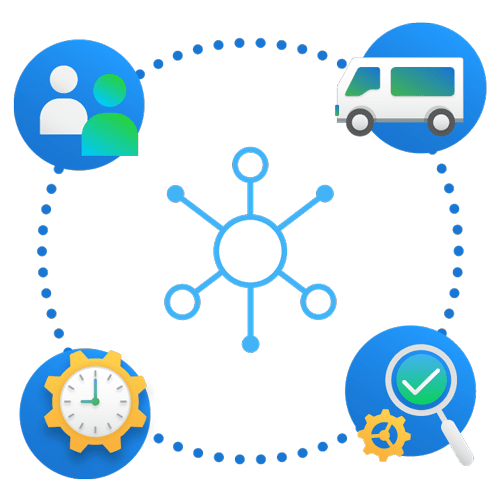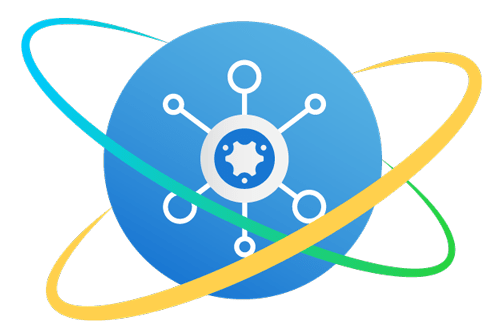
To understand the impact of IoT in the field service and maintenance industry, we need to turn our focus away from the sensors and data. Instead, let’s explore the new workloads and cash flow it can create.
The key lies in incorporating IoT hardware and software into service offerings. This enables businesses to create service-based revenue through monthly recurring charges for data monitoring.
So, how do you do this?
When introducing IoT, make sure to consider these factors:
1. Service Level Agreements (SLAs)

Check your contracts to make sure you know what you are promising to deliver.
Consider charging a different rate for after-hours attendance, or create contracts specific to IoT-monitored assets.
Furthermore, when hours of attendance and rates are impacted, so is your manpower planning. Because of this, you need to consider how many staff you'll have available in the field at any given time when it comes to your SLAs for IoT.
For example, if sensors detect a failure outside of normal business hours, will you need field staff on call to send someone to site in the nominated response time? Or will you nominate specific on-call hours for site visits in your contracts?
It’s important to make sure that you understand how IoT technology is going to change the nature of your business' maintenance work, and make sure you cater to that in your new contracts.
2. What data is being measured and how?

It is important to work with your customers to help them understand what data should be measured and monitored using IoT.
Most customers will want you to record anything and everything. They'll be under the impression they need to know every possible piece of information available when really, they don't.
When drawing up contracts make sure you understand their needs around asset monitoring. You can then use this information to decide what should be measured and how.
Being a specialist in the field means you’ll need to be there, with the right information, to manage customer expectations and ensure they're within service limits and price range.
3. Consider your workflows when choosing IoT technology and software
While there are many different IoT solutions available, it’s important to consider what IoT solution and strategy will work best for your business.

For example:
- Do you want an end-to-end IoT solution?
- Do you want to be able to create automated actions if data is outside of a specific threshold?
A solution like Simpro IoT provides a 360 degree solution with both hardware and software included. From collecting data through to analyzing information and job management and creation, a solution like Simpro IoT provides you with full control of asset maintenance.
4. How you pitch new contracts to your customer
Make sure you define how both you and your customer will benefit from IoT.
For customers, it might be longer asset uptime, more proactive repairs and cost savings when compared with a standard planned preventative maintenance (PPM) service contract.
For you, it could be better response times, improved level of management of remote assets, and better maintenance control.
It's important to consider these things as otherwise, all your new contracts and work could go to waste!

To make the implementation of IoT easier for both you and your customers, Simpro has developed a range of easy to install packs. The IoT Introduction Pack for example, can be used to set up a live site and test the viability of an IoT network in a specific customer site.
Want to find out more about Simpro IoT? Download our FREE IoT eBook or check out our website to learn more about Simpro IoT and our range of easy to install packs.